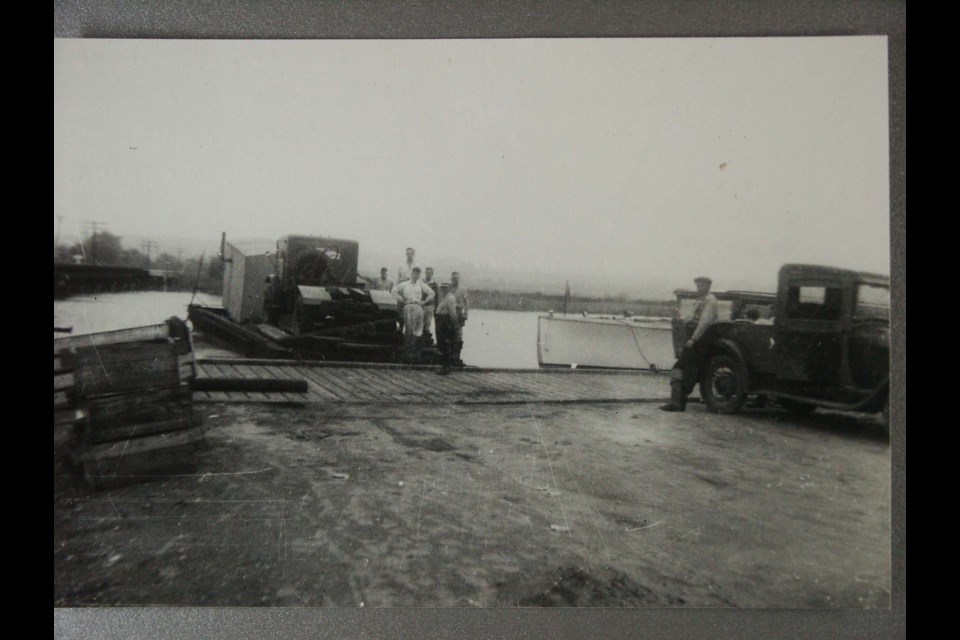Mist hung heavily over the reeds and waters of the Holland Marsh when Ben Collings and his crew of carp fishermen rounded a bend in the river and saw a bright yellow dinghy crewed by five uniformed airmen. With heavy British accents, the airmen hailed Collings, desperate for assistance.
How the airmen came to be paddling a dinghy through the Holland Marsh is one of countless wartime dramas long forgotten.
During the Second World War, Royal Canadian Air Force Station Hamilton (now the John C. Munro Hamilton International Airport and home to the Canadian Warplane Museum) was home to the British Commonwealth Air Training Plan, one of 231 sites across Canada teaching airmen from Commonwealth nations the basics of flying. By the end of the Second World War, the plan had turned out more than 130,000 trained airmen and personnel from Canada, Britain, New Zealand, and Australia.
It was from this airfield an Avro Anson rolled down the runway and climbed into the night sky one Sunday evening in May 1944. The Anson was a British-built, twin-engine aircraft intended for the role of maritime reconnaissance, but by the time the Second World War erupted in 1939, the plane was approaching obsolescence. The Anson was quickly relegated to the role of training aircrews who would go on to fly multi-engine bombers.
The moon was high in the sky as the Avro Anson made its way north as part of a night flight and navigation exercise. One leg of the flight took the aircraft over Bradford.
The evening was uneventful, the aircraft and its five-man crew performing perfectly, when, suddenly, just as the plane approached Bradford, one of the engines began to sputter. The men aboard knew they were in trouble, and they began to desperately scan the landscape below for some place to put the plane down. The moon was full, enabling them to see a suitable spot just as the engine died.
The pilot glided the Anson down to the field. But it was no pasture of cropland. In the darkness, the crew had mistaken the Holland Marsh for a field. The plane came to a crashing halt deep in the marsh between the two branches of the Holland River, opposite Concession 10.
The crew remained aboard the plane overnight, and then piled into the emergency dinghy in search of help. That’s when Collings and his men stumbled upon them.
But rescuing the crew wasn’t the end of Collings’s involvement. Because the plane was so deep in the marsh and accessible only by water, Collings was tasked with recovering the Anson with his scow so it could be repaired again.
In the decades since, the muck of the Holland Marsh has nearly swallowed this obscure wartime story, so it is little remembered today. It’s a reminder, however, the Second World War truly was a global conflict.



